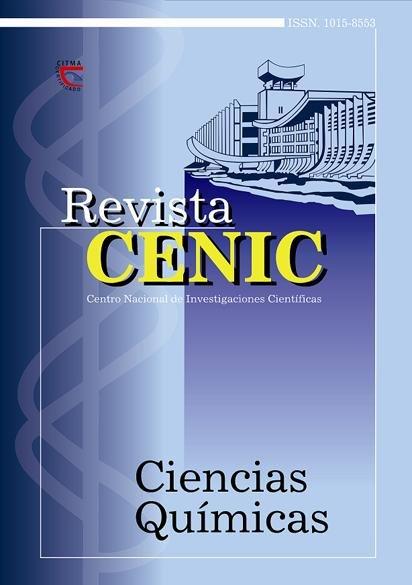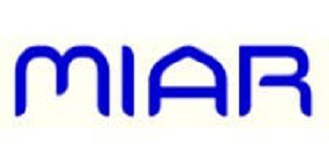Use of topological and topographical indices de Estrada in QSAR models of a family of g-lactam antibiotics
Abstract
The topologic and topographic indexes are widely used
descriptors in quantitative structure activity relationships (QSAR) due to
the facilities of its calculations and interpretations. The Multiple Regression
Analysis (MRA) is also a widely employed tool for molecular modeling. The
procedure consists of associating a structural or physico-chemical
descriptors set with the activity in a stabile MRA model. This model must
allow at least the description of the sample or, in other case, suggests the
synthesis of new derivatives according to the tendency indicated by each
variable in the equation. The forward stepwise regression is the preferred
technique for the variable elimination. In this work it was started from a
sample of 36 g-lactamic antibiotics which were sequentially synthesized
using a design strategy. An iterative procedure for the search of the best
predictive activity model using MRA, was used. This procedure is similar
to the Hypersurface Iterative Projection (HIP) method applied by D.B. Boyd
to these compounds family. Topologic and topographic descriptors recently
developed by Estrada were used together with the others reported in the
original work. The possibilities of employing the indexes developed by
Estrada in a QSAR study of g-lactamic antibiotics, is demonstrated. The
iterative use of MRA affords similar results to HIP.

Downloads
Published
How to Cite
Issue
Section
License
Copyright (c) 2004 Copyright (c) 2004 Revista CENIC Ciencias Químicas

This work is licensed under a Creative Commons Attribution-NonCommercial-ShareAlike 4.0 International License.
Los autores que publican en esta revista están de acuerdo con los siguientes términos:
Los autores conservan los derechos de autor y garantizan a la revista el derecho de ser la primera publicación del trabajo al igual que licenciado bajo una Creative Commons Atribución-NoComercial-CompartirIgual 4.0 que permite a otros compartir el trabajo con un reconocimiento de la autoría del trabajo y la publicación inicial en esta revista.
Los autores pueden establecer por separado acuerdos adicionales para la distribución no exclusiva de la versión de la obra publicada en la revista (por ejemplo, situarlo en un repositorio institucional o publicarlo en un libro), con un reconocimiento de su publicación inicial en esta revista.
Se permite y se anima a los autores a difundir sus trabajos electrónicamente (por ejemplo, en repositorios institucionales o en su propio sitio web) antes y durante el proceso de envío, ya que puede dar lugar a intercambios productivos, así como a una citación más temprana y mayor de los trabajos publicados (Véase The Effect of Open Access) (en inglés).













